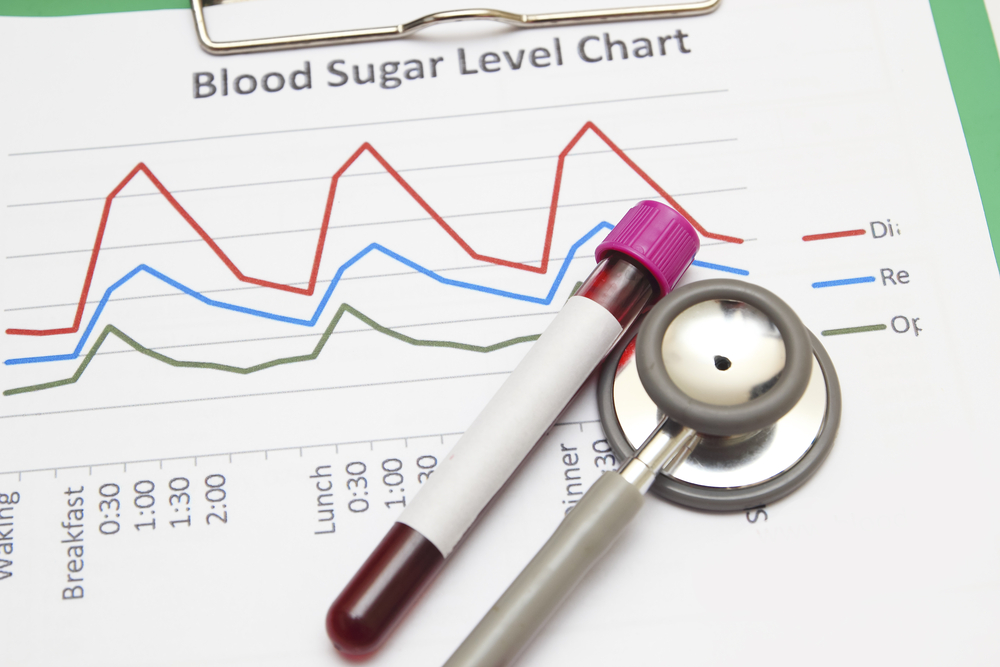Using glyburide in kidney disease is not recommended. It has a longer half life and may have a little more potent effect in kidney disease. A significant challenge to figure out is if patients are doing well on their current dose, should we change it? In this scenario, patient changes give us the opportunity to look at changing the glyburide.
A 79 year old male has had 2 hypoglycemia episodes in the last week. This is new for him as it had been several months since his last hypoglycemia episode. He wants to stop all the diabetes medications due to these symptoms. He does also complain of not feeling or eating well in the past week. Current diabetes medications include sitagliptan 25 mg once daily and glyburide 10 mg once daily.
His labs were checked a couple of months ago.
- A1C = 7.5
- Sodium = 141
- K+ = 4.1
- GFR = 37
Here’s what I would like to consider for this patient;
- Medically, figure out why he isn’t feeling well. This is likely contributing to him eating poorly and probably a big part of the hypoglycemia. As a pharmacist, our role is to take a full look into the medication list and determine if meds would be an component of him not feeling well.
- Knowing specifics on blood sugars would be helpful. When are they high and when are they low and the associated ranges.
- This might be a good time to get rid of the glyburide and switch to a low dose of glipizide if therapy is still required.
- With this GFR, sitagliptan could possibly be increased if glyburide is discontinued.
Love the blog? Get a free gift simply for following! Over 4,000 medication loving healthcare professional have taken advantage of this!



Glyburide is on the Beer’s List of Potentially Inappropriate Medications for use in the Elderly along with chlorpropamide due to risk of prolonged hypoglycemia. Sulfonylureas in general are associated with more cases of hypoglycemia. Glimeperide and glipizide might be better, something not sulfonylurea should be considered. Depending on age and comorbidity recent guidelines suggest a target a1c of as high as 8 to even 8.5% for the elderly susceptible for hypoglycemic episodes